How Do You Know if Your Business is Not Secure?
According to PhishMe, the number of phishing emails that included ransomware rose to a record level of 97.25% during Q3 2016, up from 92% in Q1 2016.
- Is your business network security at risk?
- What does it look like when your network has been compromised?
- How do you even know for sure?
When your network or computer is hacked or hijacked, it can be difficult to confirm this without an IT professional on hand to evaluate your network.
Fortunately, there are a handful of likely clues to watch out for.
While email is still a leading risk when it comes to cyber security, there are many ways cyber criminals could access your network and even more ways they can negatively impact your network – and remain undetected for quite some time. The following 7 warnings are indications that your business network security is at risk.

7 red flags that your business network is not secure
1) Uninstalled/Disabled Business Network Security or Firewall Programs
 This is a huge sign of a compromised computer. Hackers are well aware the majority of users have some type of security solution in place and for this reason, they’ve developed sophisticated ways to hack into your network and uninstall or disable your network security programs.
This is a huge sign of a compromised computer. Hackers are well aware the majority of users have some type of security solution in place and for this reason, they’ve developed sophisticated ways to hack into your network and uninstall or disable your network security programs.
TIP: If you can’t restart your anti-malware or firewall program and you didn’t shut it off, your system has likely been compromised.
2) Increase in Error Messages While Completing Routine Tasks
Did you know hacking attempts can actually damage your operating system? This is especially true if you don’t regularly update your software and apply important security patches.
TIP: One way to prevent this warning sign is through our Total Desktop Care monitoring service that monitors your network computers and immediately notifies IT staff of any critical (or not so critical) issues – before the damage takes place on your network.
3) Network Computers are Freezing, Crashing or Running Slowly – For No Reason
It goes without saying that these signs should be particularly alarming on newer equipment. And while it’s fairly common for older devices to run a little slower over time, these issues might actually be an indication of something more serious.
If the device is running an older, unsupported operating system like Windows XP, these problems are likely an indication of a virus attack or hacking attempt that installed an unauthorized software program on your system. This program silently runs in the background, consuming valuable CPU and memory resources – which slows down your computer.
TIP: If you’re unsure whether the issue is due to the age of your computer or a virus, never assume it’s the computer. Instead, contact Ontech Systems online or by phone at (262) 522-8560.
Through our complementary, no-strings-attached Network Discovery, we’ll help you identify vulnerabilities and loopholes in your network and make recommendations on how you can strengthen your network and prevent issues like this from occurring in the first place.
4) Spam Accusations or Emails Sent without Your Knowledge
Email is a well-known Achilles’ heel in every network. It’s widely known that people pose the biggest security risks to business networks, but there’s another lesser-known way email can provide a gateway for viruses to infiltrate your network.
Because email data has to travel across public servers, this presents the opportunity for interception at any point. Often times, viruses and malware can spread over the internet by email, without the sender’s knowledge. This presents the risk of company emails getting blacklisted on popular internet email services.
TIP: There are several causes of this particular issue, so be sure to find out whether your email has been spoofed or hijacked before deciding what to do next.
5) Fake Antivirus Messages
This red flag is actually in slight decline these days, but it’s still something to watch out for. Unfortunately, once you see the fake antivirus warning, the damage has already been done. The malicious malware has exploited your unpatched software (such as Adobe) and completely exploited your system.
But in this case, exploiting your system isn’t the hacker’s “end game”. Once you click on the fake warning message, you’re taken to a professional-looking website where you’re asked for payment details in exchange for purchasing their product that will “clean” your computer. If you fall for this scam, they’ve compromised not only your computer, but also your credit card and/or banking information.
TIP: If you find yourself in this situation, power off your computer as soon as possible and consult with an IT professional immediately. If you are led to a website, never purchase software or engage the site in any way, no matter how legitimate it may look.
6) Unwanted Browser Toolbars
If your internet browser suddenly displays toolbars you don’t recognize, this can be sign that your device has been exploited because your software or internet browser is out of date.
But before you jump to that conclusion, stop to consider whether you’ve installed new software on your computer recently. Toolbars can be bundled with software – you just might have missed the notice while installing the program.
TIP: At a minimum, it’s always a good idea to update your browser to the latest version and ensure that all users on your network do the same.
7) One or More of Your Passwords have suddenly changed
In this case, it’s possible that your computer, or the online service itself has been hacked. Here’s how this happens…
The victim responds to a realistic looking phishing email that claims to be from an authentic service (e.g. Paypal). The user logs in with their credentials and the cyber criminal collects the information and changes the password along with any other details that might impact account recovery time. After that, they attempt to steal funds from the victim’s account.
TIP: If your account information has been compromised and you use the same login details on other websites, be sure to change those passwords immediately.
8) Your Network: Only as Strong as its Weakest Link
Ultimately, despite your best efforts, your network is only as strong as its weakest link.
From overconfident users who fully expect their browser or firewall to block viruses, to outdated software, email vulnerabilities and ransomware, there is no shortage of cyber threats to businesses these days.
- Security begins and ends with awareness. Start by familiarizing yourself with cyber security basics.
- If security is a rising concern within your organization, use this cyber security checklist as a guide to determine whether your business is at risk.


